
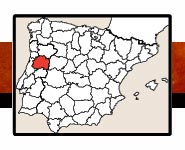

 |
 |
||
 |
|||
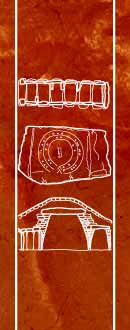 |
(40)/BE-C/BEAL-CasDai-40.jpg) |
-55/BOOK-cort-40.jpg) |
 |
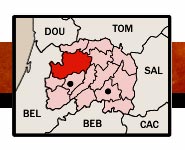 |
||
 |
|||
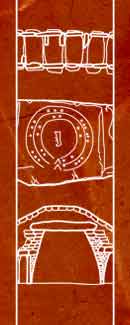 |
ACCESO A RIO PAIVAUBICACIÓNPENDILHE: Entre Lamego y Viseu se ubica la localidad de Castro Daire junto a la A-24, coger la salida 6; desde Castro Daire hay que coger la carretera a Vila Nova de Paiva, y pasado la localidad de Pendilhe se ubica el dolmen; desde Pendilhe no se ve el letrero, pero en sentido contrario si; el lugar es un cerro cortado para el paso de la carretera y antes de ese cerro esta el acceso, por la pista coge la primera a la derecha, la segunda a la derecha y la tercera a la izquierda y a pocos metros veras el dolmen. |
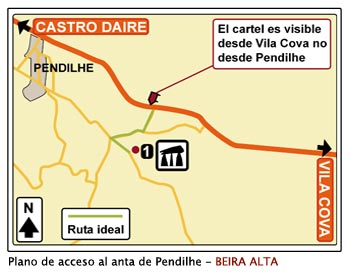 |
ACCESS TO RIO PAIVALOCATIONPENDILHE: Between Lamego and Viseu is located the town of Castro Daire next to the A-24, take exit 6, from Castro Daire you have to take the road to Vila Nova de Paiva, and passed the town of Pendilhe is located the dolmen; from Pendilhe you can not see the signpost, but in the opposite direction yes; the place is a hill cut for the passage of the road and before that hill is the access, just in the signpost turn right, at second cross turn right and finally turn left and you will see the dolmen in a few meters. |
 |
QUEIRIGA: Entre Lamego y Viseu se ubica Castro Daire junto a la A-24, coge la salida 6; desde Castro Daire dirección a Vila Nova de Paiva y dirigirse a Queiriga por la N-323 (no por la autopista N-329), en la calle principal de Queiriga hay un cartel (junto a un colegio) para girar a la izquierda, después faltan carteles pero sigue estas instrucciones: En la primera bifurcación coge el camino de la derecha, en la segunda bifurcación la carretera de la derecha, llegaras a una plazoleta, debes de salir por el tercer camino, contando por la derecha; por ese camino iras todo recto hasta encontrar un túnel para pasar por debajo de la autopista, tras pasarla torcer a la derecha y torcer a la izquierda en la primera encrucijada, subiendo hasta el dolmen. |
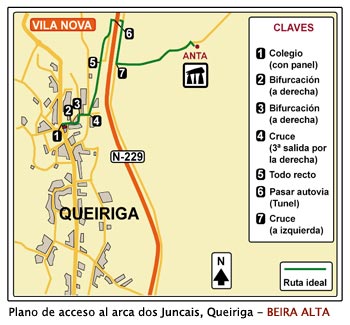 |
QUEIRIGA: Between Lamego and Viseu is located the town of Castro Daire in the A-24 (exit 6), in Castro Daire take the road to Vila Nova de Paiva and go to Queiriga by N-323 (not by the N-329 highway) on the main street of Queriga there is a signpost (next to a school), here turn left; after is possible that there aren't enough signpostes, but you'll arrive with this instructions: at the fist fork take the road on the right, on the second fork the road on the right, you will arrive at a small square, you must exit by the 3 rd road (counting on the right); by this way go straight until you find a tunnel to pass under the highway, after passing it turn right and in the first cross turn left, go up the hill and you'll see the dolmen. |
 |
ACCESO PARA MINUSVÁLIDOSPENDILHE: Hay un pequeño escalón en la entrada al recinto del dolmen, pero es accesible. QUEIRIGA: Acceso factible con silla de ruedas.
|
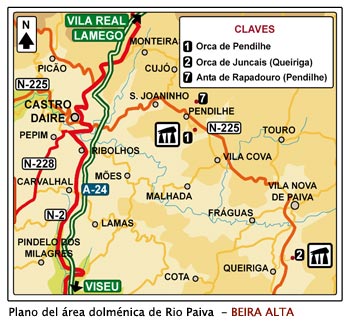 |
ACCESS FOR THE HANDICAPPEDPENDILHE: There is a small step at the entrance of the monument, but is very accessible. QUEIRIGA: Possible access with wheelchair. |
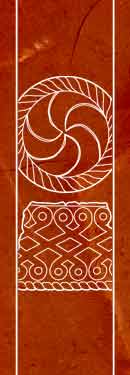 |
ACCESOEntre Castro Daire y Viseu se ubica São Pedro do Sul, al entrar en S. Pedro coger la dirección “centro”, llegas a una glorieta y aquí se anuncia “Carvalhais” (entrando en la N-227), todo recto hasta llegar a otra glorieta, la pasas recto y en la segunda glorieta (con dos casitas pequeñas) tuerces a la derecha, dirección Carvalhais. Llegas a otra glorieta que cruzas todo recto, después llegas a otra glorieta (con la iglesia justo a la izquierda) y saldrás por la primera salida a la derecha, entras en una carretera estrecha, tienes que ir todo recto, y seguir la cartelería, que ya aparece en un cruce, en el siguiente cruce (muy próximo) a la izquierda, siguiendo todo recto y ascendiendo (aunque veas cruces) llegaras a una segunda bifurcación señalizada, tuerces a la derecha; en la siguiente bifurcación hay cartel para la izquierda, que llega directo a Carcoda. |
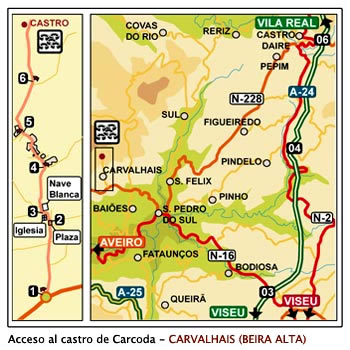 |
LOCATIONBetween Castro Daire and Viseu is São Pedro do Sul, when entering in S. Pedro take the direction “centro”, you arrive at a roundabout and here is indicated “Carvalhais”, (you enter in the N-227), go straight ahead until reach to other roundabout, pass straight and in the 2º roundabout (with 2 small houses inside) you turn right, direction Carvalhais. You arrive at a roundabout that crosses all straight, then you arrive to another roundabout (with a church just on the left) here you will exit on the right, you will enter in a narrow road, you have to go straight ahead, and follow the signage, which already appears at a junction. At the next juntion (very near) turn left, and following all straight and ascending (although you see crossroads), you reach to a second signposted fork, you turn right; at the next fork there is a signpost for the left, and the road go straight to Carcoda. |
||||
 |